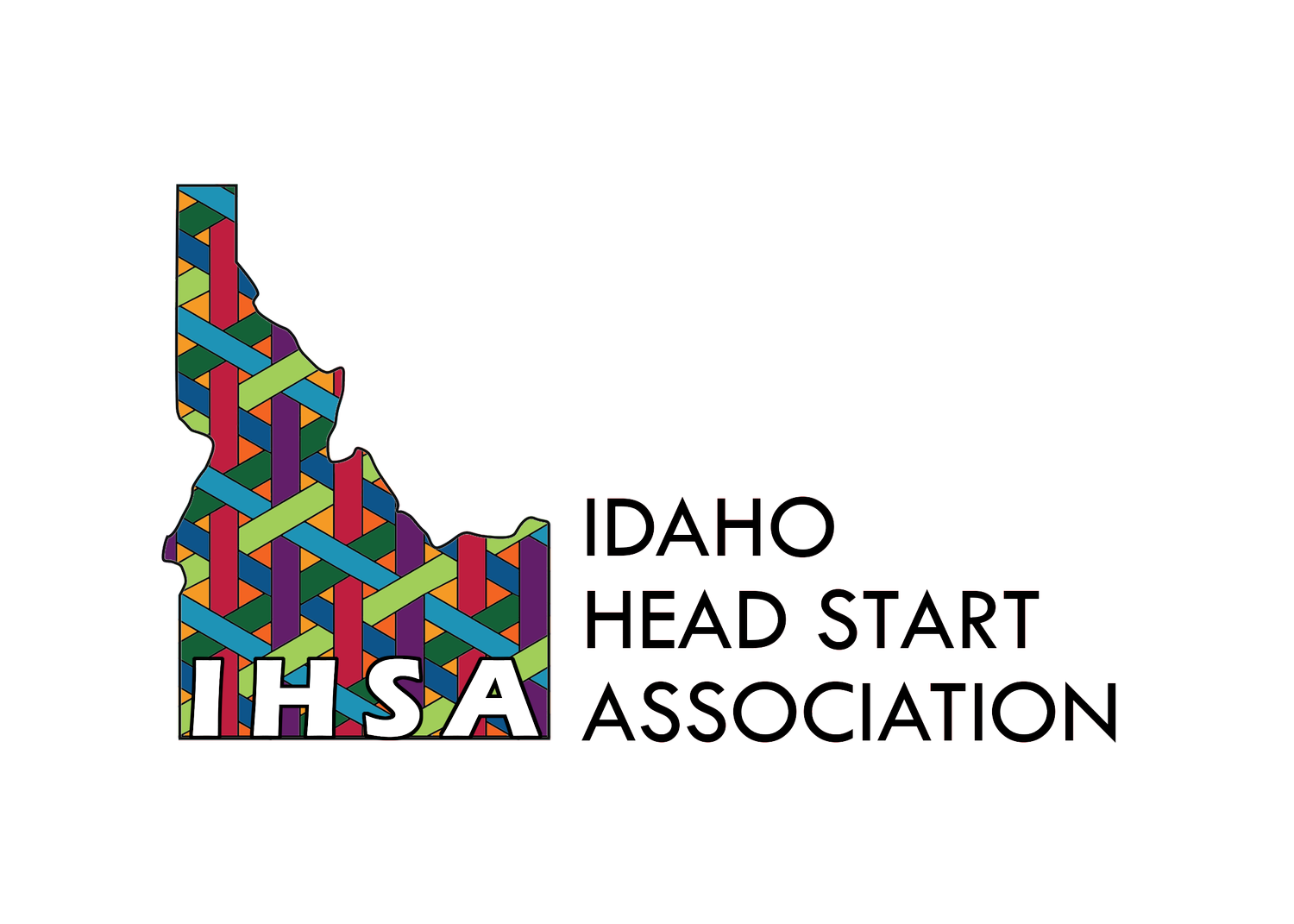By Rep. Donna Edwards (D-Md.)
The Outrage Machine is an opinion column by voices from the left and right on Washington and politics.
October is also known as “Head Start Awareness Month,” so it is worth taking a look back at the crucial program providing education, health and nutrition services to under-privileged children.
When the Head Start program emerged in 1965, it was a summer program of only a few weeks, designed to give low-income children a leg up before starting the school year.
Little did its creators realize that it would become one of the longest-running and most proven programs in our fight to break the cycle of systemic poverty. Head Start now provides year-round services for children and families, offering educational, nutritional, health, and social services to nearly one million Americans annually.
On the education side, Head Start focuses on language skills, problem solving, creativity, personal growth, and readiness skills to prepare preschool children to enter the public school system. Research has shown that these skills stay with children throughout their schooling and well into adulthood, leading to increased graduation rates and career readiness.
Parent involvement also adds to the value of Head Start by bringing parents into the process of planning and implementing activities. Parents serve on committees that make administrative decisions and participate in classes and workshops on child development. Empowering parents strengthens the child’s education experience well beyond Head Start.
But Head Start does a lot more than a traditional preschool program. Its wraparound services provide not only education, but also a wide range of health-related access to children, families, and pregnant women.
Children who are enrolled in Head Start programs are more likely to get their immunizations on schedule, to have a regular primary care doctor and dentist, and to have the benefit of health insurance. By focusing on the whole child the program readies students for school and for life.
Head Start provides extra guidance and benefits in a nurturing environment to give children the tools to aim high and go far.
Before starting his storied career, Shaquille O’Neal was a Head Start participant in Newark, N.J. Cornell Brooks, the president and chief executive officer of the National Association for the Advancement of Colored People (NAACP), and Anna Maria Chavez, the first Latina chief executive officer of the Girl Scouts both attended Head Start classes. The current Secretary of Health and Human Services herself, Sylvia Matthews Burwell, was a Head Start student back in her hometown of Hinton, WestVa.
Thousands of Head Start alumni all over the country credit the program with giving them the tools they needed to pursue successful lives and careers. The thread running through all of these stories is that the early exposure to education, and to a love of learning, has stayed with these students throughout their lives.
For more than 50 years, Head Start has improved the lives of more than 30 million children and their families.
In my home state of Maryland, the $94 million in federal Head Start grants serves over 10,000 children and their families every year. Recent studies have shown that the achievement gap between higher- and lower-income children entering kindergarten has shrunk over the previous decade. A Stanford University study found that the reading gap dropped 16 percent between 1998 and 2010, and the math gap for that same period was reduced by 10 percent.
One hallmark of the most successful programs is good management and oversight, not just at the federal level, but at every level from school system leaders all the way down to individual teachers in Head Start classrooms.
Promoting accountability and capability within and around programs helps to guarantee a level playing field for every child and family. It will also help us to protect these programs, as programs that aren’t managed carefully can lose public confidence and support, making them vulnerable to budget cuts — a result our children and families cannot afford.
Sustaining and building on the success of Head Start will take more than just level funding from year to year. We must extend the benefits of these programs to every child and family who needs them. Our nation’s $9.1 billion investment in Head Start is also an investment in our future, as every dollar invested in Head Start gives a return of $7 to $9. Few government programs can tout that kind of return.
As our children hit their stride in this first semester of the school year, I challenge Congress to continue working with the Department of Health and Human Services to improve the Head Start program even further and increase access for even more children.

